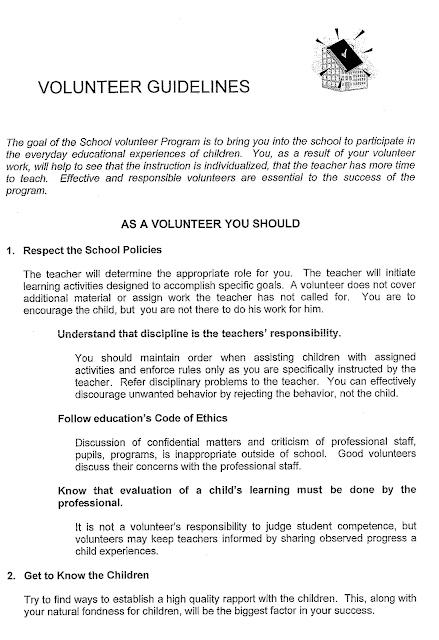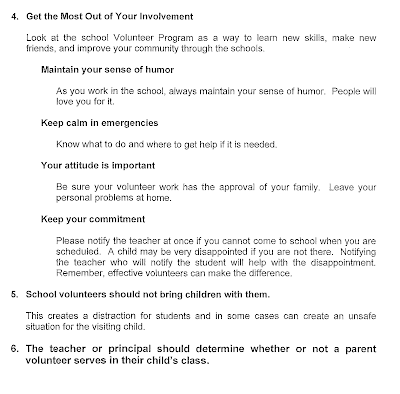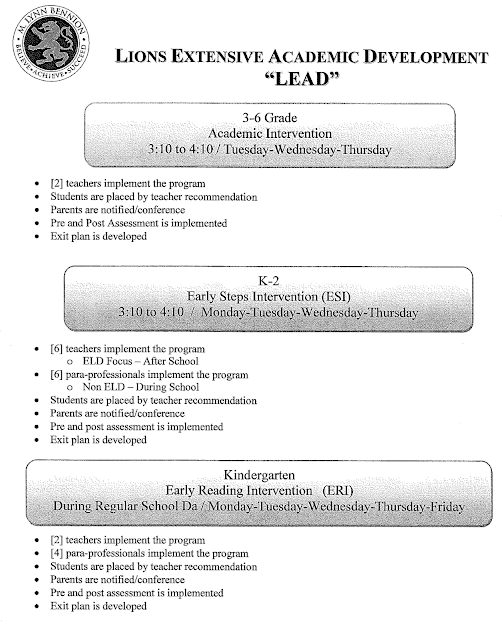These are really interesting articles about title one school. They explain how a school is clasified Title 1 and why they receive funding. You can also read about ways to work with students who are at risk and motivational techniques. There are even a few lesson plans included. These could help us to understand why we are working with these students and how best to help them. Check them out, their pretty short. :)
http://www.brighthub.com/education/k-12/articles/11105.aspx
Little Griffins Tutoring
The Little Griffins Tutoring Program was founded by a group of students in the Westminster Scholars Program. This program integrates hands-on learning, individual student-tutor interaction, and technology enhanced learning tools into one program. The Students at Bennion Elementary are in dire need of help in Mathematics and Reading. This blog gives you the tools you need to understand and become involved in this awesome new program!
Monday, March 7, 2011
Monday, December 20, 2010
Statistics about Title One Schools...
Requirement For Free and Reduced: 40%
Bennion Eligible: 93%
Average For Utah Eligibility: 36%
Elementary and Secondary Education act Costs $7 Billion Per Annum
To Reach Over 6 Million Students
23 Languages Spoken at Bennion
200 Students Out of 409 Speak English as 2nd language
Benion: 66% Non-White
Other Utah Schools: 23% Non-White
Thursday, December 16, 2010
What is a Title One School?
Title 1 School Facts
Definition:
A Title one school is an elementary or secondary school in which 40% (82 &11) of the students have enrolled with the free and reduced lunch programme. Enacted in 1965 under the Elementary and Secondary Education Act to bridge the achievement gap between lower income students and other students. Costing $7bil per annum.
A Title one school is an elementary or secondary school in which 40% (82 &11) of the students have enrolled with the free and reduced lunch programme. Enacted in 1965 under the Elementary and Secondary Education Act to bridge the achievement gap between lower income students and other students. Costing $7bil per annum.
According to the U.S. Department of Education the purpose of Title 1 funding, “is to ensure that all children have a fair, equal, and significant opportunity to obtain a high quality education and reach, at minimum, proficiency on challenging state academic achievement standards and state academic assessments.”
It is the nations largest and oldest programme of the department of education providing for students across the nation at risk of failure or living near poverty.
It is the nations largest and oldest programme of the department of education providing for students across the nation at risk of failure or living near poverty.
Title 1 funds can be used to improve curriculum, instructional activities, counseling, parental involvement, increase staff and program improvement. The funding should assist schools in meeting the educational goals of low-income students. According to the U.S. Department of Education, Title 1 funds typically support supplemental instruction in reading and math. Annually, this program reaches over six million students, primarily in the elementary grades.
Types of students that might be served by Title 1 funds include migrant (23 languages, 66% non white 23%) students, students with limited English proficiency (200/409), homeless students, students with disabilities, neglected students, delinquent students, at-risk students or any student in need. Students can be classified as at-risk for numerous reasons. A few reasons they might be classified as at-risk students include: high number of absences, single-parent home, low academic performance or low-income family.
No Child Left Behind, schools must reach a certain level of progress to continue receiving funds. (We need to help preserve funds, or they will lose money (Did not meet AYP(Adequate Yearly Progress)).)
Subscribe to:
Posts (Atom)








